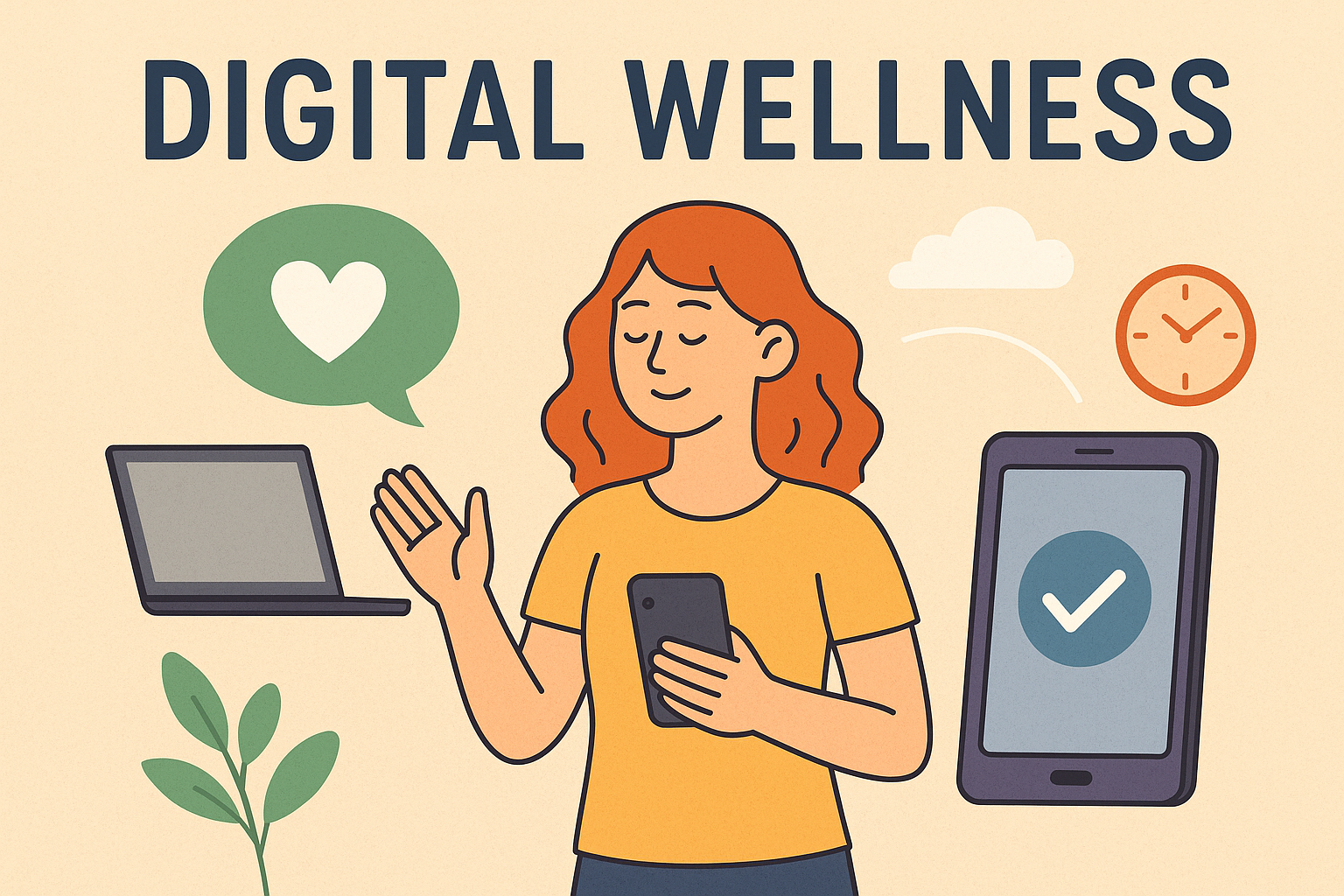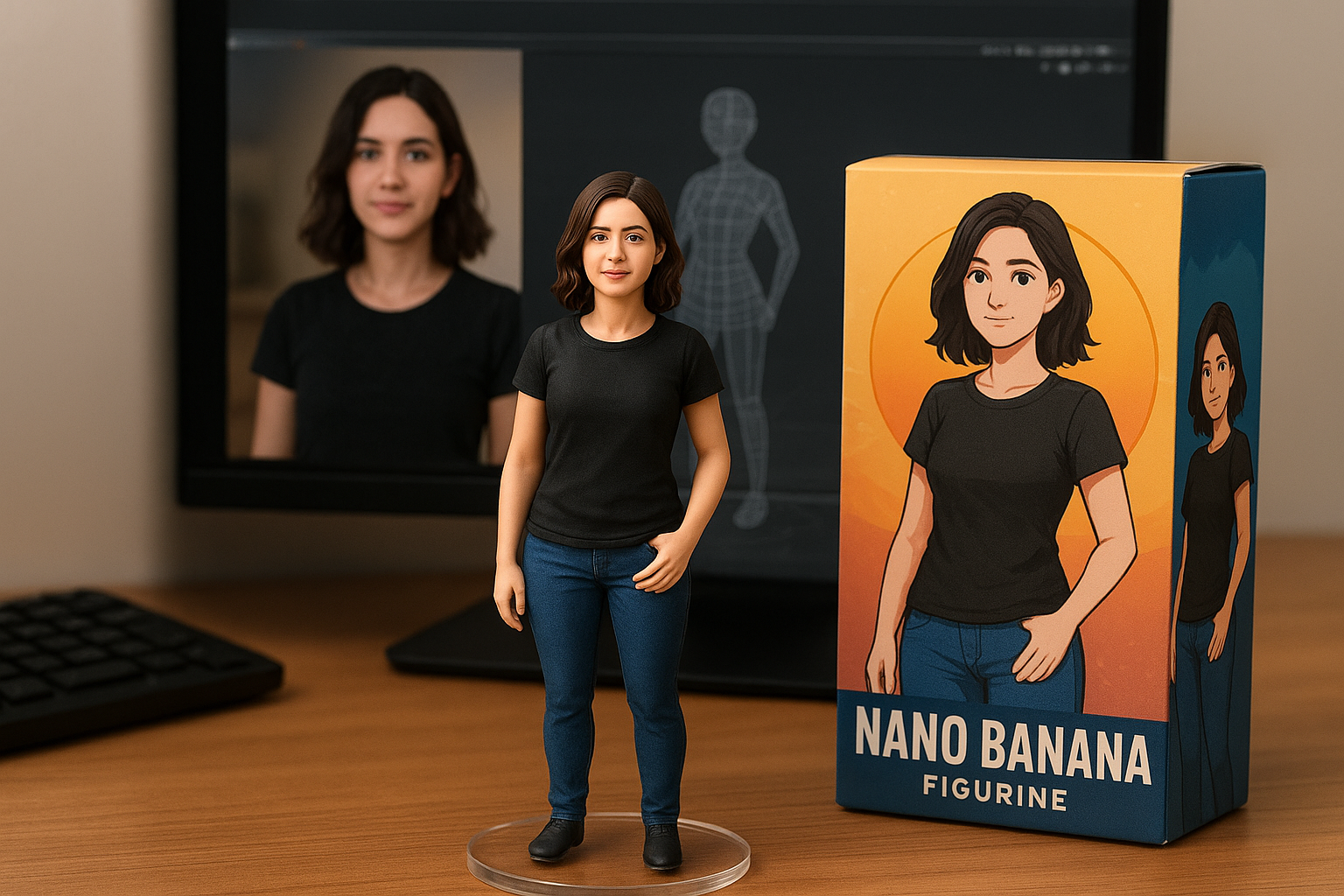-
National Fossil Day: Celebrating Earth’s Ancient Stories
Every stone, shell, or petrified leaf holds a story — a whisper from deep time. National Fossil Day is our annual moment to stop, look, and listen to those whispers. It’s a celebration of life’s history, evolution, and the mysteries written in stone. What Is National Fossil Day? National Fossil Day was established in 2010…
Written by
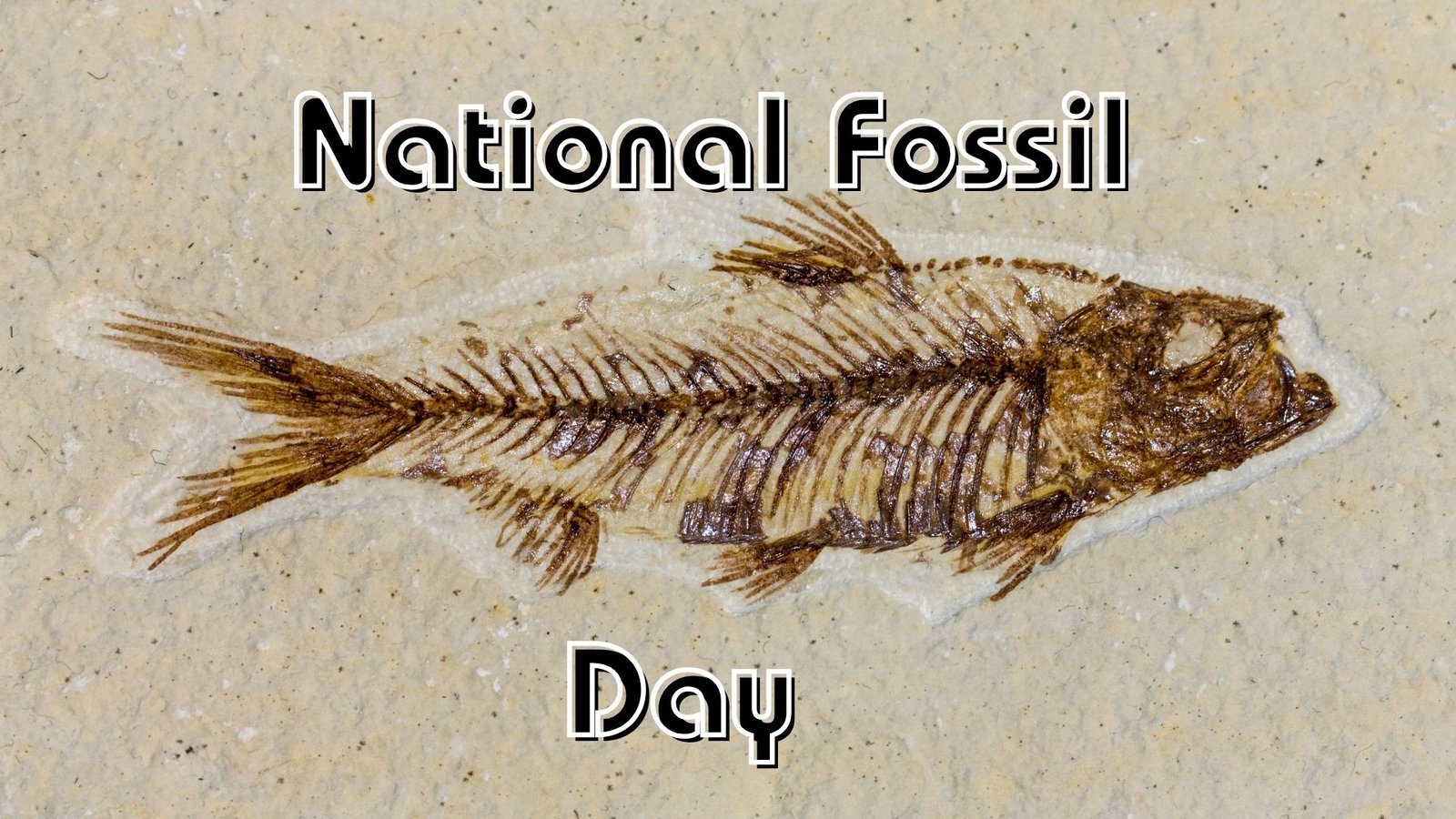
-
NASA: History, Achievements, Challenges, and Its Role for Humanity
Introduction When we hear “NASA,” we think of rockets, astronauts, moon landings, Mars rovers, and the deep mysteries of space. But NASA (National Aeronautics and Space Administration) is much more than iconic missions. It is a vast scientific, engineering, policy, and educational institution whose influence extends well beyond spaceflight. In this article, we will: Let’s…
Written by

-
Bharatiya Kalganana: The Ancient Indian Science of Timekeeping
India is a land where knowledge, science, and philosophy have flourished for thousands of years. From the Vedas to astronomy, Indian civilization has developed some of the most advanced systems of understanding life and the universe. One such remarkable contribution is Bharatiya Kalganana – the Indian system of time calculation. This unique tradition of measuring…
Written by
-
The AI Revolution and Its Future: A Glimpse Into 2050
The world today is standing at the edge of a historic transformation — the Artificial Intelligence (AI) Revolution. What began as simple algorithms powering recommendation systems and automation tools has now evolved into generative AI, autonomous decision-making, and human-machine collaboration at an unprecedented scale. By 2050, AI is expected to reshape industries, societies, economies, and…
Written by

-
September 2025 Blood Moon: Everything You Need to Know About the Rare Total Lunar Eclipse
Introduction On September 7–8, 2025, the world will witness one of nature’s most breathtaking spectacles—a total lunar eclipse, commonly called the Blood Moon. For skywatchers, this is more than just an astronomical event; it’s a reminder of our shared humanity and our connection to the cosmos. With visibility across Asia, Africa, the Americas, and Oceania,…
Written by

-
Rare Earth Elements in 2025: Resources Powering the Future of EVs, Wind, and Geopolitics
What are Rare Earth Elements (REEs)? Rare earth elements (REEs) are a group of 17 chemically similar elements: the 15 lanthanides, plus scandium and yttrium. Despite their name, REEs are not actually rare. Many are as abundant as copper in the Earth’s crust. What makes them “rare” is the challenge of finding concentrated, mineable deposits…
Written by
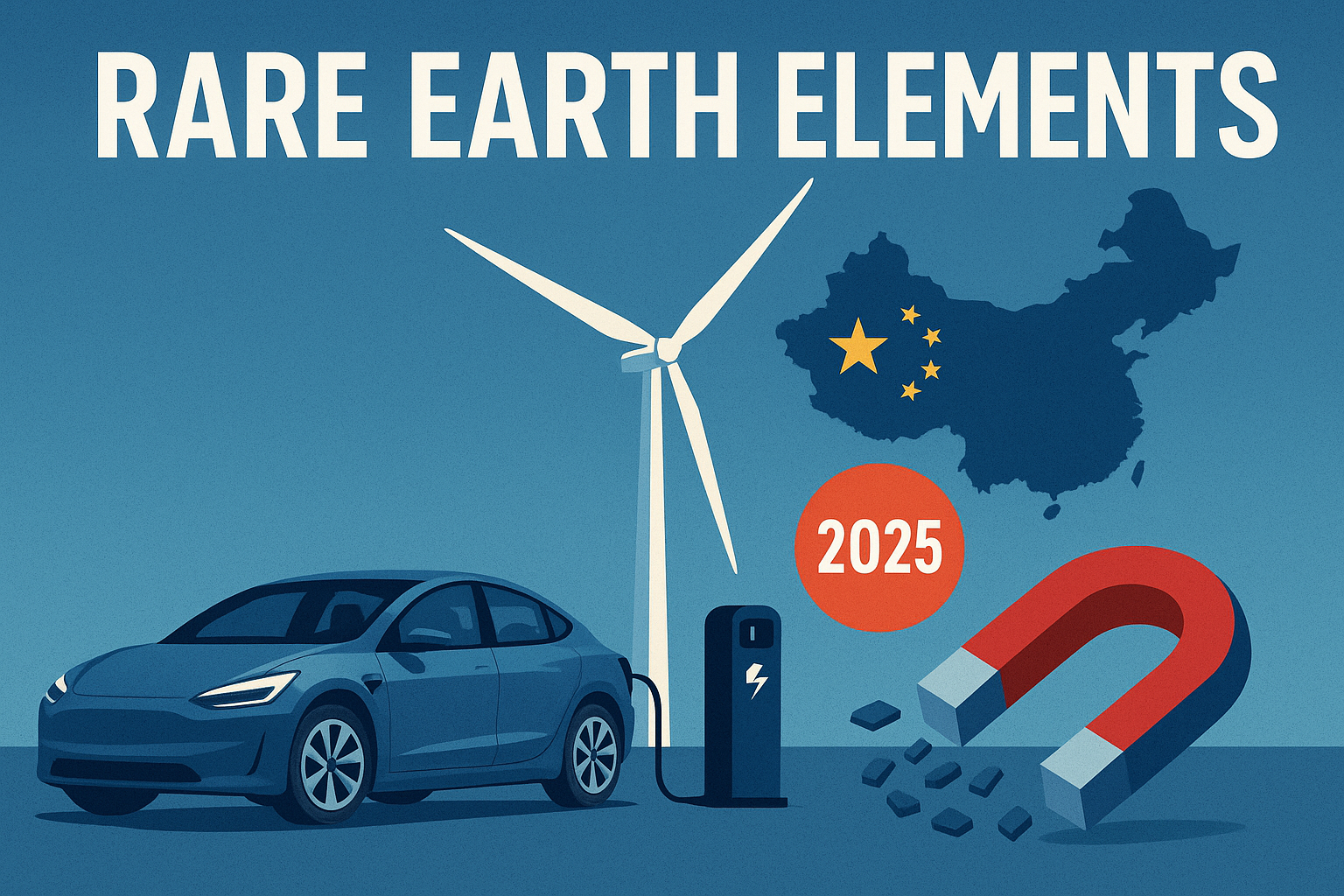
-
Chips and the Global Economy: How Semiconductors Shape Power, Growth, and India’s Emerging Role
Introduction: Chips as the ‘New Oil’ of the 21st Century In the 20th century, oil determined global power, wealth, and conflicts. In the 21st century, the same is true for semiconductor chips. These tiny marvels of silicon power our smartphones, laptops, electric vehicles, satellites, fighter jets, cloud servers, and artificial intelligence systems. The global economy…
Written by
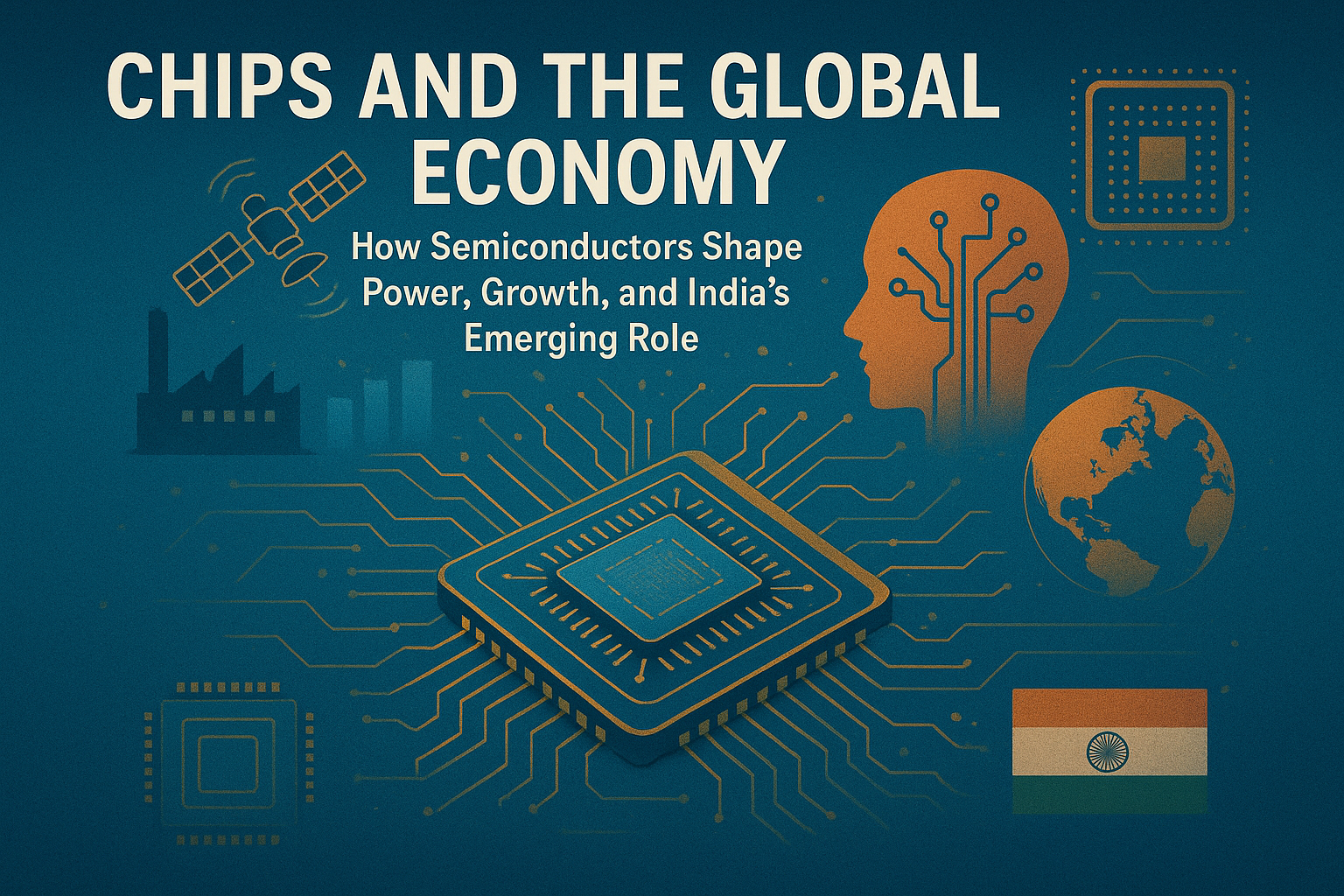
-
Plastic Treaty Negotiations Stalled: Why the World Still Struggles to Tackle Plastic Pollution
The fight against plastic pollution just hit another roadblock. Earlier this month, global leaders, policymakers, and negotiators gathered in Geneva for the sixth round of talks on the proposed Global Plastics Treaty. The goal was clear: build a legally binding agreement to curb the mounting crisis of plastic waste. Instead of progress, however, the talks…
Written by

-
Digital Wellness: Finding Balance in a Hyperconnected World
Introduction We live in a time where our phones wake us up, laptops run our workday, and social media fills our free hours. Technology makes life easier, but it also makes our minds busier. Many people feel constantly “switched on,” overwhelmed by notifications, endless scrolling, and screen fatigue. This is where the idea of digital…
Written by
